How to Create a Photo Essay
![]()
The photographic essay, also called a photo essay or photo story, is a powerful way for photographers to tell a story with their images. If you are interested in creating your own photo essay, this article will guide you through the whole process, from finding a story to shoot to the basics of crafting your first visual narrative.
Table of Contents
What is a Photo Essay?
A photo essay tells a story visually. Just like the kind you read, the photo essay offers a complete rendering of a subject or situation using a series of carefully crafted and curated images. Photo stories have a theme, and each image backs up that overarching theme which is defined in the photo essay’s title and is sometimes supported with text.
From documentary to narrative to essay, photo stories are designed to move their audience, to inspire a certain action, awareness, or emotion. Photo stories are not just a collection of cool photos. They must use their visual power to capture viewers’ attention and remain unforgettable.
History of the Photo Story
In the “old days”, that is, before 1948, magazines ran photo stories very different from what we know today. They were staged, preconceived by an editor, not a truthful observation of life. Along came a photographer named W. Eugene Smith, who worked for Life magazine.
Deciding to follow a rural doctor for six weeks, he gathered material for a photo essay that really showed what it was like to be in that doctor’s shoes, always on the go to help his scattered patients. Smith’s piece, “Country Doctor,” shook other photographers out of their scripted stupor and revolutionized the way photographers report what they see.
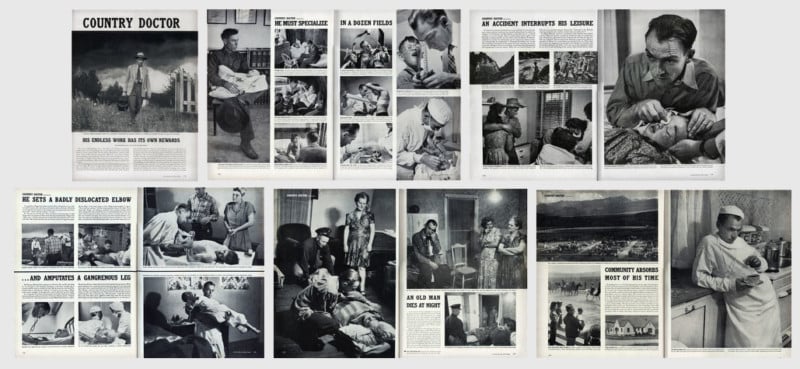
From then on, photojournalism gained life and an audience through the lenses of legends like Robert Capa, Dorothea Lange, David “Chim” Seymour, Gordon Parks, Werner Bischof, and Henri Cartier-Bresson. The Vietnam War provided many examples for photo stories as represented by Philip Jones Griffiths, Catherine Leroy, and many more.
More recently, photo stories have found a sturdy home online thanks to the ease of publishing a series of photos digitally versus in print. Lynsey Addario, Peter Essick, and Adam Ferguson represent a few of the photographers pushing visual storytelling today.
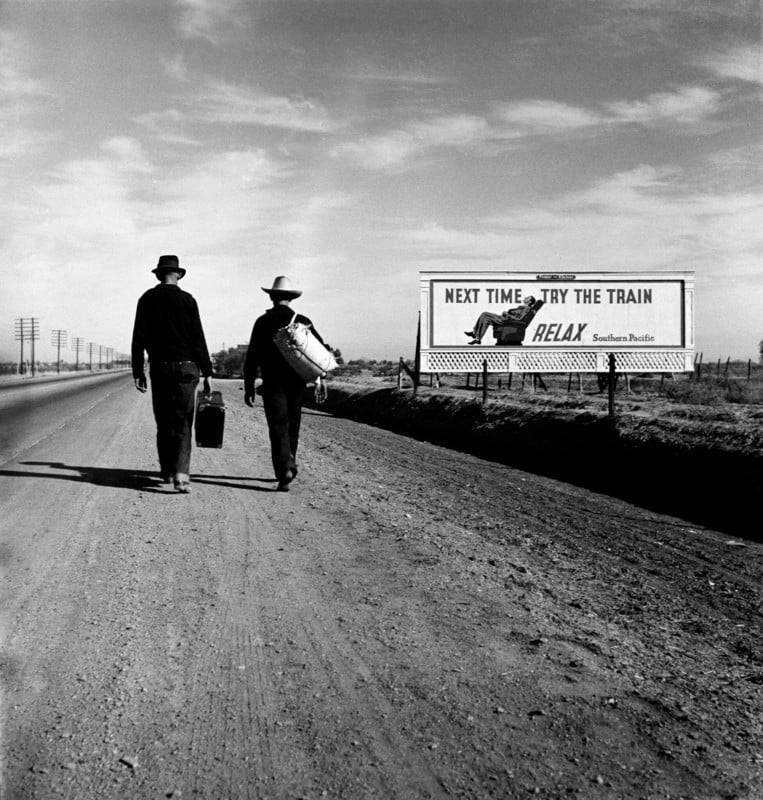
Ways to Find Photo Stories and Themes
Photo stories exist all around, right in the midst of everyday life and in the fray of current events. A good place to begin developing a photo essay is by choosing a general theme.
Topics that Interest You
The best expression comes from the heart, so why not choose a topic that interests you. Maybe it’s a social issue, an environmental one, or just something you’re curious about. Find what moves you and share that with the world.
Personal Experiences
The more you’ve lived, the more you have to tell. This doesn’t necessarily mean age, it can also refer to experiences, big and small. If you know a subject better than most, like what it’s like to recover from a car crash, you’re an expert on the matter and therefore you have a story to tell. Also, consider the things you read and see or watch, like news or history, and incorporate that into your search for a story.
![]()
Problem/Solution
Problems abound in the world. But so do solutions. Photojournalists can present either, or both. Have a look at something that’s wrong in society and show why it’s a problem. Or find a problem that’s been resolved and show the struggle it took to get there. Even better, take your time shooting your story — sometimes it can take years — and document how a wrong is righted.
Day-in-the-Life
One of the most popular formats, day-in-the-life photo stories present microcosms of life that relate to the bigger picture. In a similar vein, behind-the-scenes photo stories show viewers what life is really like for others, especially in situations that are difficult or impossible to access. Events represent another simple yet powerful theme for documenting and storytelling with a camera.
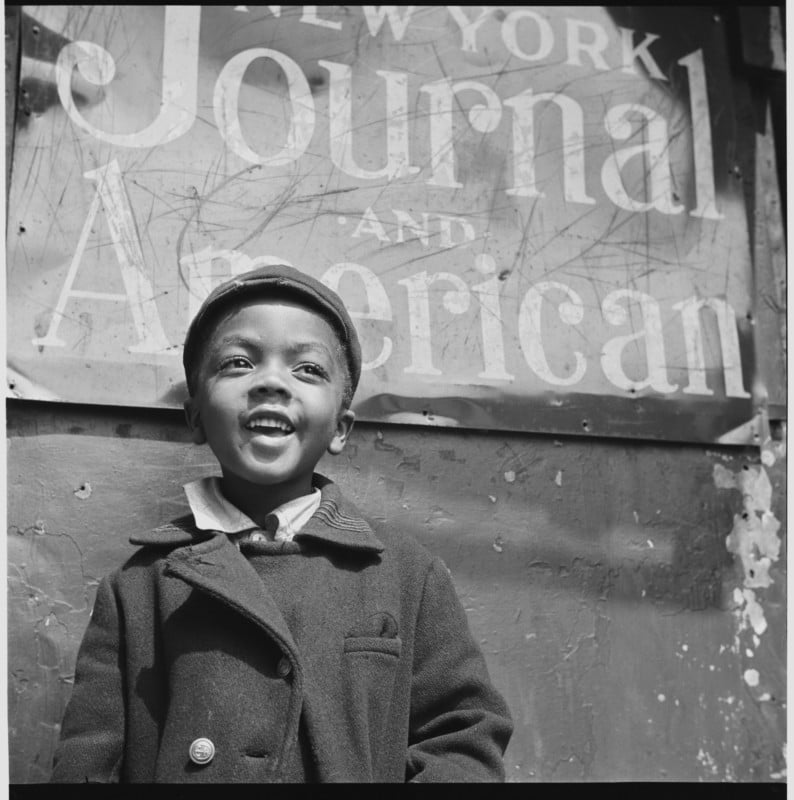
Types of Photo Stories
Most photo stories concern people. If it’s about something like the environment, for example, the photo story can showcase the people involved. In either case, the impactful photo story will present the challenges and dilemmas of the human condition, viscerally.
There are three general types of photo stories.
Narrative Story
Narrative deals with complications and their resolution, problems, and solutions. If there appears to be no resolution, at least the struggle to find one can provide material for a photo essay. Some sort of narrative thread must push the story from beginning to middle to end, just like what you see in a good movie.
A good story also requires action, which in this case must be visual. Good stories are page-turners, whether they’re a Kerouac tale or a series of photos demonstrating the difficulties of single parenting. Adventure stories are one good example of photographic narrative storytelling.
Essay
The term “photo story” is generally used interchangeably with “photo essay”, but some photographers hold that there are subtle differences between the two. The essay type of photo story implies opinion, they argue. Essays make a point. They are the opposite of facts-only news. A photo story essay makes a case for something, like showing the danger and consequences of illegal fireworks or advocating for the preservation of a forest.
Documentary
On the other hand, documentaries lack opinion. Their purpose is to inform without adding judgment. Documentaries present the facts and let viewers decide. They illustrate something that’s occurring but they don’t always include a narrative story or an opinionated approach. Historical places, current events, and unique lifestyles always make for good documentary photo stories.
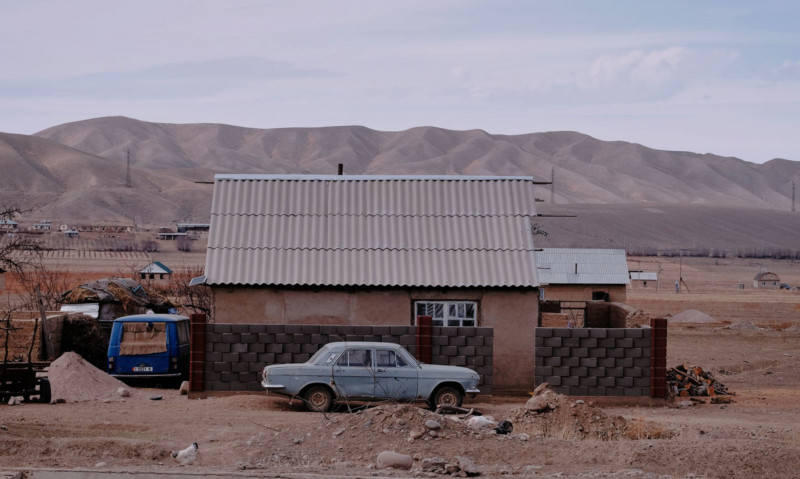
How to Craft a Photo Essay
Several elements come into play when putting together a photo essay. Once you’ve found a theme, it’s time to give your project a name. While out shooting, jot down titles that come to mind. Consider the title a magazine headline that explains in few words what the whole story is about.
Choose your photos according to whether or not they relate to and support the photo essay’s title. Reject those photos that don’t. If your collection seems to suggest a different angle, a different title, don’t be afraid to rename it. Sometimes stories develop organically. But if your title can’t assemble and define your selection of photos, maybe it’s too vague. Don’t rush it. Identify the theme, take the photos and the photo essay will take shape.
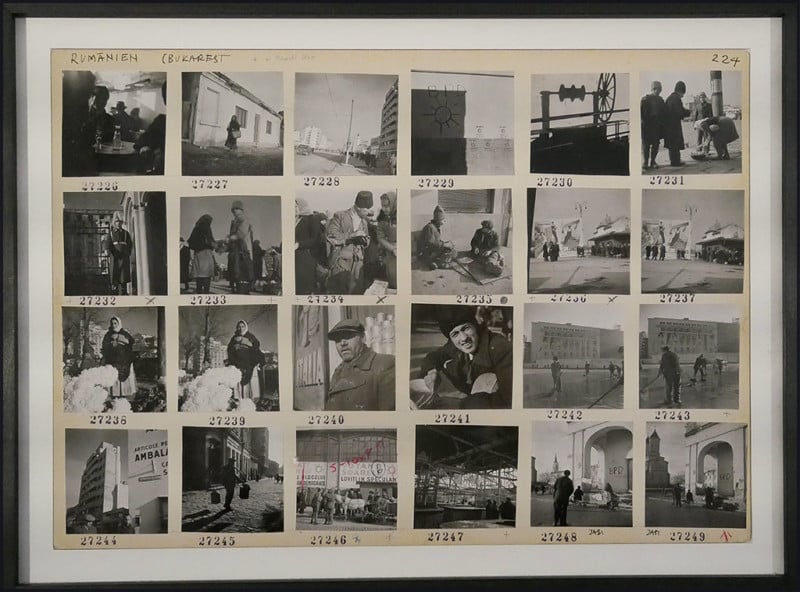
Certain techniques help tell the photo essay.
Variety
A photo essay is composed of a diversity of views, angles, and focal lengths. While masters like Henri Cartier-Bresson could capture a photo essay with a single prime lens, in his case a 50mm, the rest of us are wise to rely on multiple focal lengths. Just like what we see in the movies, a story is told with wide shots that set the scene, medium shots that tell the story, and close-ups that reveal character and emotion.
Unique angles make viewers curious and interested, and they break the monotony of standard photography. Consider working black-and-white into your photo essay. The photo essay lends itself well to reportage exclusively in monochrome, as the legends have demonstrated since W. Eugene Smith.
Visual Consistency
The idea of a photo essay is to create a whole, not a bunch of random parts. Think gestalt. The images must interact with each other. Repetition helps achieve this end. Recurring themes, moods, styles, people, things, and perspectives work to unify a project even if the photos tell different parts of the story.

Captions
Text can augment the impact of a photo essay. A photo may be worth a thousand words, but it doesn’t always replace them. Captions can be as short as a complete sentence, as long as a paragraph, or longer. Make sure to take notes in case you want to add captions. Some photo stories, however, function just fine without words.
Tell a Story as a Photographer
Few genres of photography have moved people like the photo essay. Since its inception, the art of visual storytelling has captivated audiences. Photo stories show viewers things they had never seen, have moved masses to action, and have inspired video documentaries. Today, photo stories retain their power and place, in part thanks to the internet. Every photographer should experiment with a photo essay or two.
The method of crafting a photo essay is simple yet complicated, just like life. Careful attention must be paid to the selection of images, the choice of title, and the techniques used in shooting. But follow these guidelines and the photo stories will come. Seek issues and experiences that inspire you and go photograph them with the intention of telling a complete story. The viewing world will thank you.
Image credits: Header photo shows the May 13, 1957 story in LIFE magazine titled, “The Tough Miracle Man of Vietnam.” Stock photos from Depositphotos